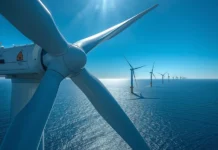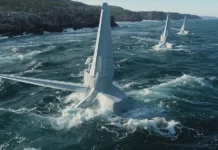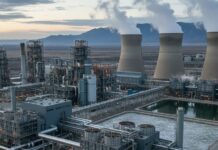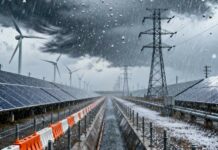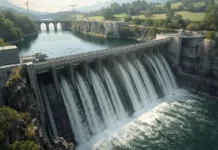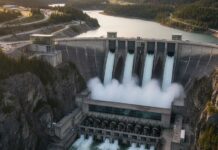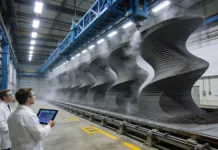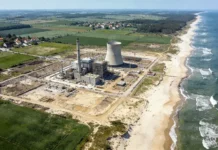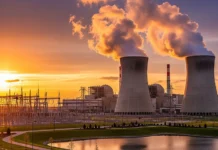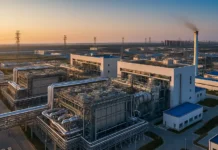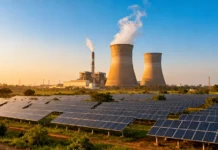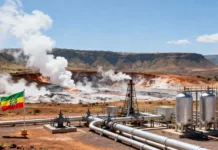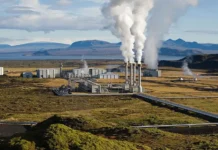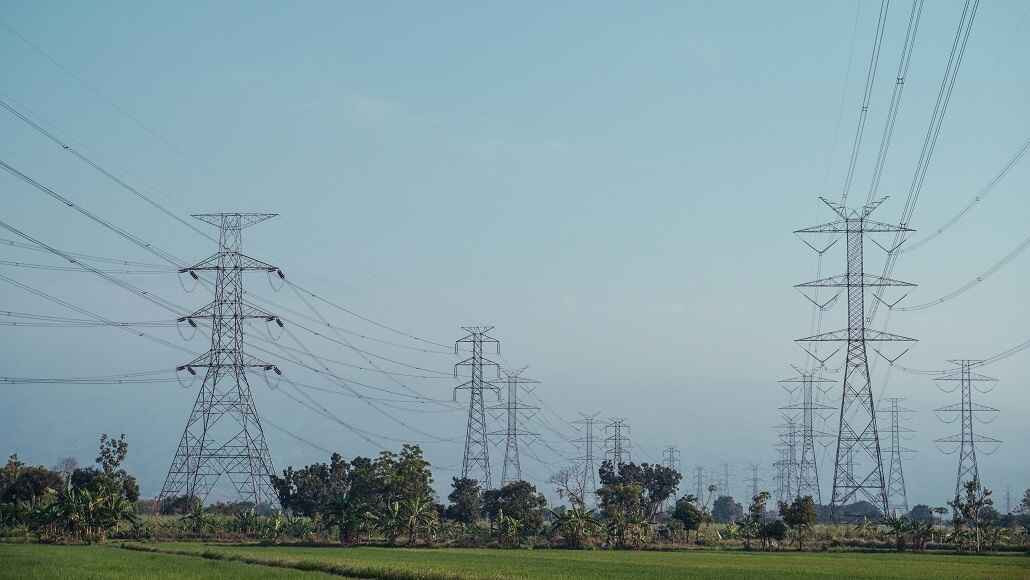After facing a series of climate issues between 2020 and 2022, California energy leaders look really encouraged by the recent progress and also believe that the state is very well positioned in order to meet the demand this summer while at the same time remaining vigilant on the risks that are presently on.
This outlook was presented at the annual summer energy reliability workshop, where there were officials present from the California Public Utilities Commission, the California Energy Commission, the California Independent System Operator and other state agencies, along with partners in the energy and utility sector. This was done to evaluate the readiness for the summer and also strategize in order to manage extreme weather conditions and, along with it, potential grid challenges.
All thanks to the rapid clean energy deployment, strategic efforts to build up emergency reserves, and expansion when it comes to battery storage, California takes its step into summer with more resources in order to meet electricity demand, such as extreme heat conditions, which have been experienced in recent years. However, officials still remain quite vigilant as the accelerating effects of climate change go on to contribute to more frequent as well as severe weather conditions.
According to Siva Gunda, CEC Vice Chair, California’s grid happens to be more robust, smarter and even cleaner than ever. He adds that they have already invested in tools and resources that are needed in order to manage extreme weather and also maintain dependence as they continue their transition to 100% clean energy.
The state has already gone on to take very aggressive actions in the past five years in order to elevate grid dependence and confront challenges, which have been exposed by climate change.
The fact is that today, California is well prepared –
- Over 20,000 MW of new clean energy supply has been added ever since 2021.
- The battery storage capacity across the state, which includes residential, commercial, and utility-scale installations, has gone past 13,000 MW, which is up from 700 MW heading into 2020. This enables solar as well as wind energy captured during the day to go ahead and power homes as well as businesses in the crucial evening hours.
- The strategic reliability reserve, which was established by legislation after challenges that were faced in 2020 and 2021, goes on to provide 4000 MW of backup resources, which includes cleaner choices such as demand response programs as well as virtual power plants.
- The extension when it comes to operations at the Diablo Canyon power plant offers more capacity in the clean energy shift, hence providing stability while at the same time, new renewable resources and storage are continuing to come online.
- The state energy agencies have enhanced their forecasting and coordination as well as operational strategies in order to manage complex situations in a much better way.
- Coordination when it comes to regional partners from the West, such as the Western Energy Imbalance Market, goes on to elevate grid dependence.
Alice Reynolds, the CPUC president, says that by way of historical clean energy investments, a firm commitment when it comes to dependence, and strategic planning, they have a grid that is now much more capable when it comes to handling climate change-driven extreme heat weather, which is, by the way, becoming very frequent.
The transformation of California goes on to prove that a clean energy future is indeed compatible when it comes to reliability. In 2024, for the very first time, California went ahead and achieved 100% clean energy when it came to the California ISO service area. Every 3 out of 5 days, the California ISO systems touched 100% clean electricity for a period of the day on 219 varied days.
It is well to be noted that the solar energy output went on to hit a peak of 19,600 MW and the battery discharges touched 8000 MW in October 2024. In spite of the period of extreme heat in 2024, the state did not go ahead and issue a single flex alert, thereby demonstrating the efficacy of recent investments and coordination that have taken place.
California happens to be very well positioned for the summer of 2025, but officials are still taking the caution that prolonged heat events teamed with sudden disruptions like wildfires, which are impacting transmission lines, could very well create tight grid conditions. Just like what the fast-moving January wildfires across Los Angeles have shown, the rising volatility as well as sudden severity when it comes to climate-driven extremes challenge anticipation, as well as underscore how rapidly events can take a leap.
According to Mark Rothleder, who happens to be the chief operating officer and senior vice president at California ISO, the grid in California is well prepared for extreme heat. However, when numerous climate-driven events take place all at once, the system could very well be pushed to its limits. That is the reason it is always ideal to remain vigilant and continue to go ahead and refine the emergency response book when it comes to new information and changing conditions.
It is worth noting that the combination of such events went on to unfold in 2022 when the wildfire threatened major transmission infrastructure in a prolonged and widespread heat wave. The situation went on to peak on September 6 when the California ISO system demand reached its highest mark ever and residents across the state attempted to make sure to stay cool as temperatures went 10 to 15 degrees higher than average.
The officials also went on to highlight how consumer engagement happens to be a major factor as far as great stability is concerned. Programs such as power saver rewards as well as public awareness of peak demand have gone on to help decrease the strain on the system, thereby reducing the requirement for flex alerts in the years that have gone by.
According to Gunda, the success of California is a testament to its smart policy, innovation, and technological progress, and the collective effort of agencies, businesses, utilities, and everyday Californians. However, every summer goes on to bring quite distinct challenges, and one must stay proactive in order to curb them.









